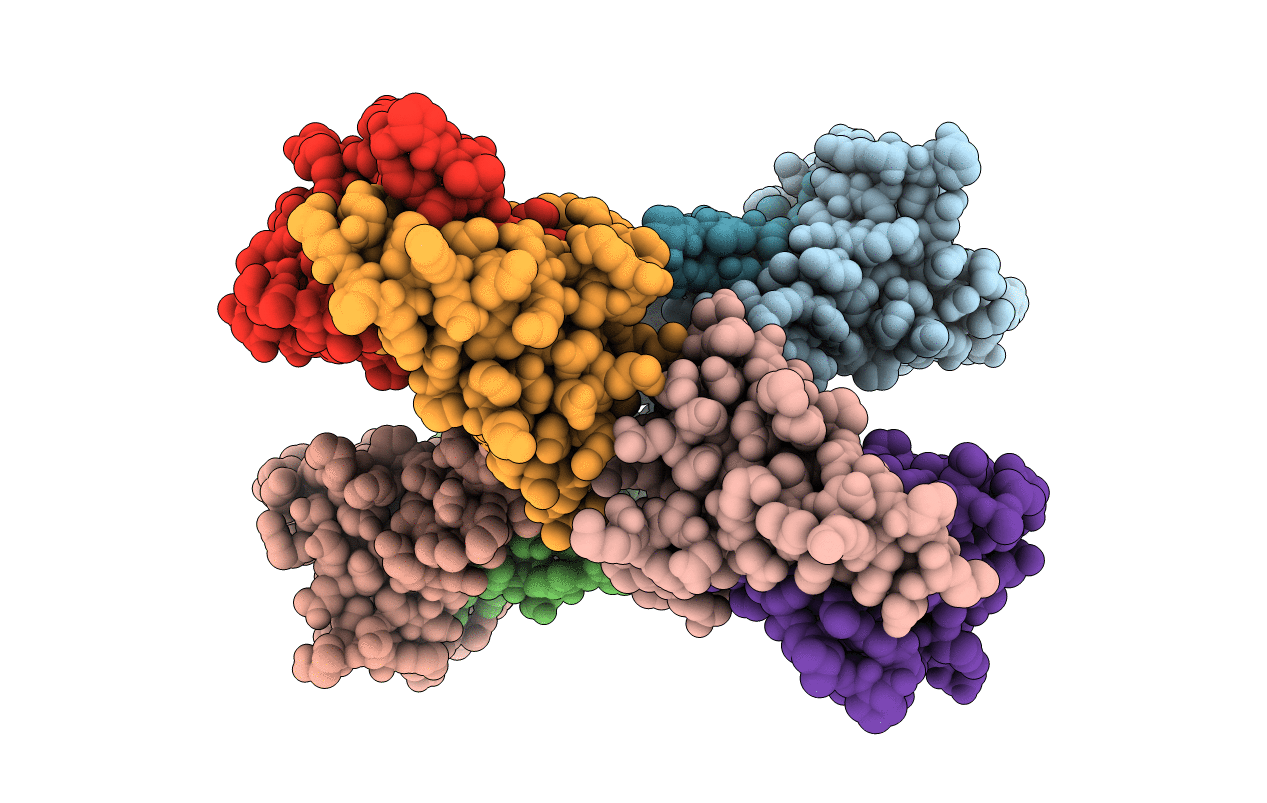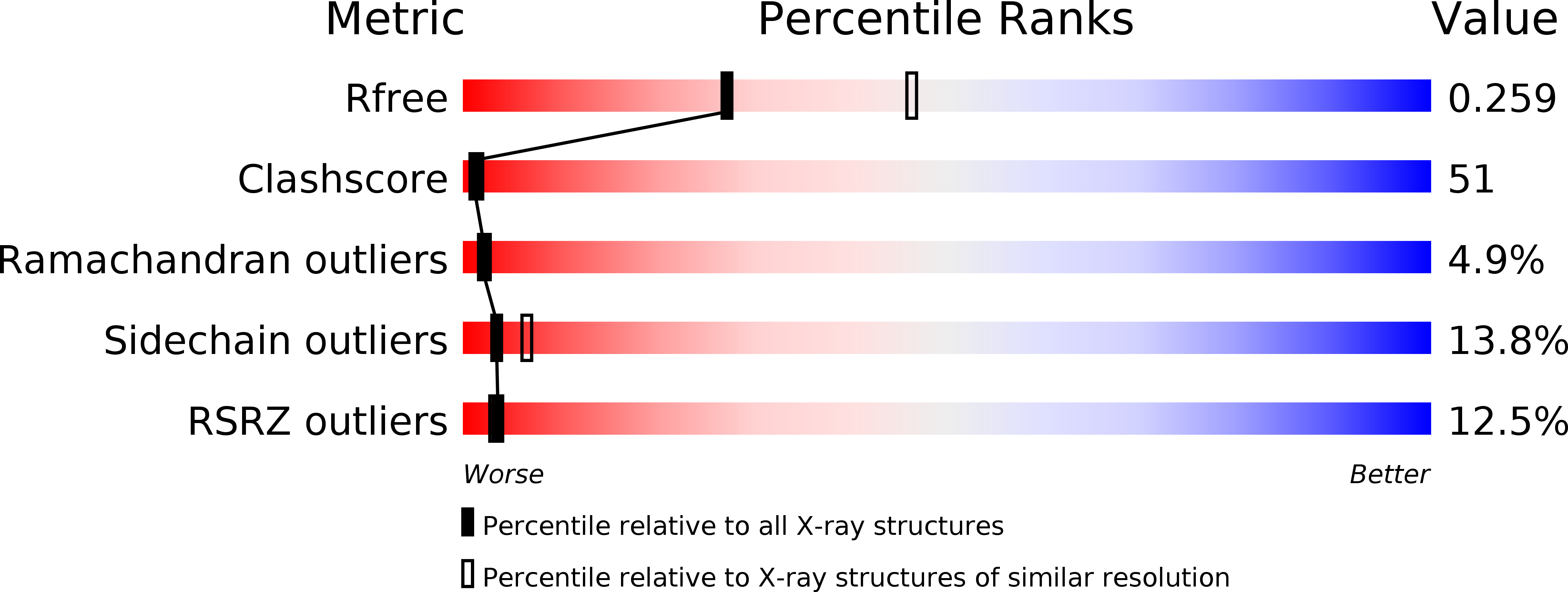
Deposition Date
2006-04-06
Release Date
2007-04-10
Last Version Date
2024-05-08
Entry Detail
PDB ID:
2CJR
Keywords:
Title:
Crystal structure of oligomerization domain of SARS coronavirus nucleocapsid protein.
Biological Source:
Source Organism:
SARS CORONAVIRUS (Taxon ID: 229993)
Host Organism:
Method Details:
Experimental Method:
Resolution:
2.50 Å
R-Value Free:
0.26
R-Value Work:
0.25
R-Value Observed:
0.25
Space Group:
C 1 2 1


